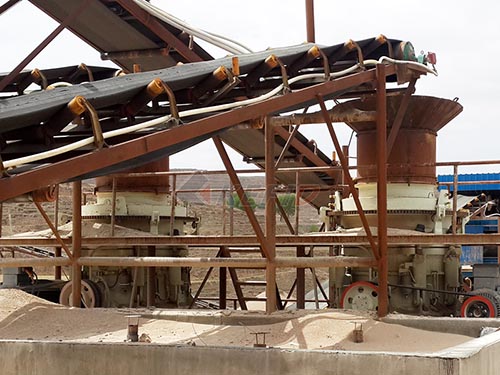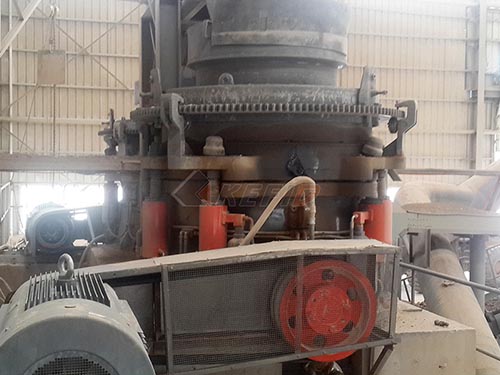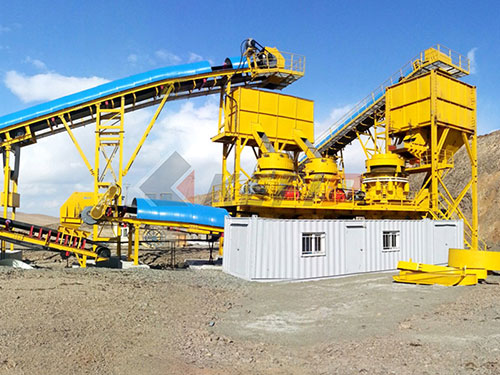The Critical Role of Crusher Screen Sizes in Aggregate Production: Optimizing Efficiency and Product Quality
In the demanding world of aggregate production – feeding industries from construction and road building to concrete manufacturing and landscaping – efficiency and precision are paramount. At the heart of achieving consistent product gradation and maximizing throughput lies a seemingly simple yet profoundly critical component: crusher screens. Often overshadowed by the crushers themselves, selecting the correct screen size is not merely an afterthought; it is a fundamental engineering decision directly impacting profitability, product quality, plant capacity, and operational costs.
Understanding the Core Function: Separation by Size
Crusher screens (also commonly referred to as media or mesh) are perforated surfaces installed within vibrating screens or trommels downstream of crushing stages (primary, secondary, tertiary). Their primary function is classification: separating the crushed rock stream into distinct size fractions based on particle dimension relative to the openings in the screen surface.

Oversize Material: Particles larger than the screen openings are retained on top of the screen deck. This material is typically recirculated back into the crusher for further reduction (closed circuit operation) or diverted as a separate product if oversized material is required.
Undersize Material (Product): Particles smaller than the screen openings pass through (“fall through”) onto subsequent decks (if present) or onto conveyors leading to stockpiles as finished product.

Near-Size Material: Particles close in size to the aperture can cause challenges like blinding or pegging if not properly managed through screen design and operation.
The specific sizes defined as “oversize,” “undersize,” and “product” are entirely determined by the aperture size chosen for each specific screen deck within the screening process flow.
Deciphering Screen Size Specifications
Screen sizes aren’t arbitrary; they follow standardized systems defining aperture dimensions:
1. Aperture Size: This is the critical dimension – it’s essentially the width of an opening through which particles must pass.
Square Mesh: Defined by one dimension (e.g., 50mm x 50mm). Often simply stated as “50mm mesh”.
Slot Mesh/Rectangular Mesh: Defined by two dimensions: width x length (e.g., 10mm x 100mm). The smaller dimension dictates which particles can pass through.
Round Hole Mesh: Defined by hole diameter.
2. Mesh Count: Sometimes used for finer screens

Leave a Reply